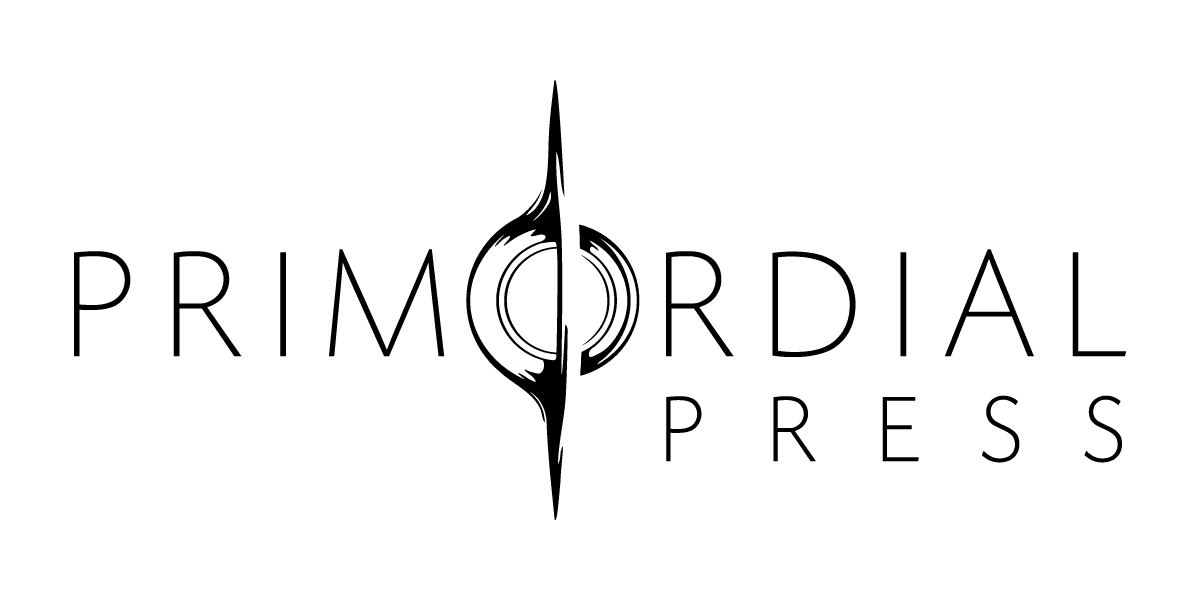Writing material appropriate for kids…
Reading material for kids fall into a couple of major categories as the ages increase:
- Picture Books – for the youngest of our pre-readers/readers (oftentimes 10-20 pages)
- Beginner Chapter Books – for those that are ready to graduate beyond the simple illustrated stories and go into more complex stories. (oftentimes 50-150 pages or so)
- Advanced Chapter Books – for those who are ready to attack “adult-sized” books (page counts that are upwards of 300-400 pages or more).
Clearly this is my own taxonomy, but I don’t believe the school librarians would argue vociferously that my general descriptions are wrong.
The stories that bounced around in my head had always been more tuned toward the advanced chapter book category than any other. I prefer epic tales that take time to unwind and challenge a young reader’s imagination.
I want to take people on a roller coaster ride that exposes them to emotions and feelings that they might not otherwise encounter in real life. That is part of the enjoyment of reading, in my opinion.
So what distinguishes what I write, with what many people consider to be “adult” books?
I suppose there are a couple of things that I always keep in mind:
- Protagonist ages
- When targeting audiences as young as 9, my protagonists will typically be a bit older. Most of my series writing involves actors who are between the ages of 12 and 19. This does span the gamut of what the publishers call “Middle Grade” and “Young Adult”.
- Adult Situations
- I find that many adult books place the reader into situations that are inappropriate for the readership that I target. (Ages 9+)
- Children should be exposed to action and adventure, however scenes that are possibly too over-the-top in graphic violence, or scenes that involve explicit mature scenes involving sex/drugs/etc are things that I completely avoid. They also wouldn’t be commercially acceptable by most caretakers of that age group (e.g. teachers, librarians, publishers).
- Language
- Even though the youngest of the readers might be challenged by some of the words that are used in my writing, I strongly believe that young readers improve their vocabulary by being exposed to words in proper context.
- Let’s be frank. Many adults are challenged by some of the words in novels since authors find themselves using the “perfect” word to describe something – yet that word might not be something that is commonly used in day-to-day conversation.
- I also very much avoid the use of “salty” language. So you won’t find me using any of the f-bombs or other curse words that some adult books might have. Even though they might be heard in the street, I don’t feel they are appropriate for books that a young child might read.
Before anyone gets the wrong impression, let me state quite clearly who my typical readers are today:
- Adults – many of which enjoy epic fantasy tales. Many adults do not have trouble envisioning themselves as one of those young protagonists, but I usually have adult figures that are prominent for adults to also sympathize with. An analogy might be akin to how the Potter series always had a series of adult guardians/teachers strewn throughout the tale.
- Parents – I distinguish them from the above category inasmuch as they bought the book(s) for themselves to read to their much younger children. In this case, the books often turn into bed-time stories on a per chapter basis for the 5 or 6 yr old set that might be too young to read the tale themselves, but enjoy the story when read to them.
- Kids – I have a whole bunch of kids who are fans of the series so far. Typically I find many of the readers I know about to be in the 12/13 year old range, but they are as young as 9 and we have the occasional octogenarian “kid” who also enjoys it as well. 🙂
Hopefully this gives you a little insight about who I am writing for as a target audience, and the focus I put on ensuring it is appropriate for the intended demographic.
-Mike

